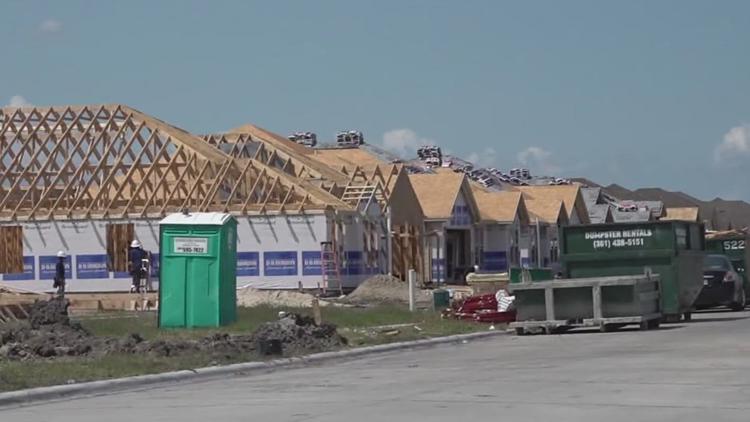Understanding the Complexity of TIRZ 7 in the London Area
As city and county leaders work to determine the future of a proposed Tax Increment Reinvestment Zone (TIRZ) in the London area, there is growing discussion about the need for a more structured approach when establishing these zones. The region is experiencing noticeable growth, with busy streets and new developments signaling a shift toward expansion. This momentum has led local officials to consider the possibility of creating a seventh TIRZ.
However, this initiative comes with unique challenges. Unlike previous TIRZs, which have typically been located within city limits, the proposed TIRZ 7 spans a significant portion of county land. This distinction has sparked conversations about how such zones should be evaluated and managed.
A Call for Policy Clarity
Nueces County Precinct One Commissioner Mike Pusley has emphasized the importance of developing a clear policy to govern the creation of reinvestment zones. He pointed out that, to his knowledge, no formal policy currently exists at the county level. “We need a policy here that outlines how we decide whether or not we accept these zones and under what parameters,” he said.
Pusley highlighted the success of existing TIRZs and their impact on taxpayer dollars. He stressed that while the process may seem complex, it is essential to take it seriously to ensure transparency and accountability.
At-large City Councilman Roland Barrera also acknowledged the complexity of overlapping city and county boundaries. “It’s a vacant area, and it’s not subject to city code,” he noted. This lack of regulation raises questions about how the zone will be governed and what responsibilities come with it.
Meeting State Requirements
While the city does not have a set policy for creating TIRZs, any proposal must still meet the requirements outlined in the state tax code. Barrera cited TIRZ #3, located downtown, as an example of how zones can serve specific goals. “To improve blight. To improve infill. So that may be to improve a vacant building,” he explained.
This example illustrates how TIRZs can be used strategically to address urban development issues and stimulate economic growth.
Annexation and Service Provision
One of the key differences with TIRZ 7 is the issue of annexation. Most of the land falls outside Corpus Christi city limits, meaning the city cannot currently provide essential services like sewer systems. “There are some areas in the London area that do not have the same underground utilities. They’re on a septic system. They’re basically not on a sewer system,” Barrera said.
This situation highlights the responsibilities that come with annexation. Pusley noted that by law, any annexed area must receive certain services. “With annexation comes a certain amount of responsibility,” he said. This underscores the need for clarity on who will manage and fund these services if the zone is approved.
Looking Ahead
County leaders are expected to discuss the proposed policy during the upcoming Commissioners Court meeting. If adopted, the policy would apply to TIRZ 7 and any future zones that follow. This step could help create a more consistent and transparent process for evaluating and managing reinvestment zones.
As the debate continues, the focus remains on ensuring that the creation of TIRZs aligns with the needs of the community, supports sustainable growth, and maintains accountability for all stakeholders involved.







